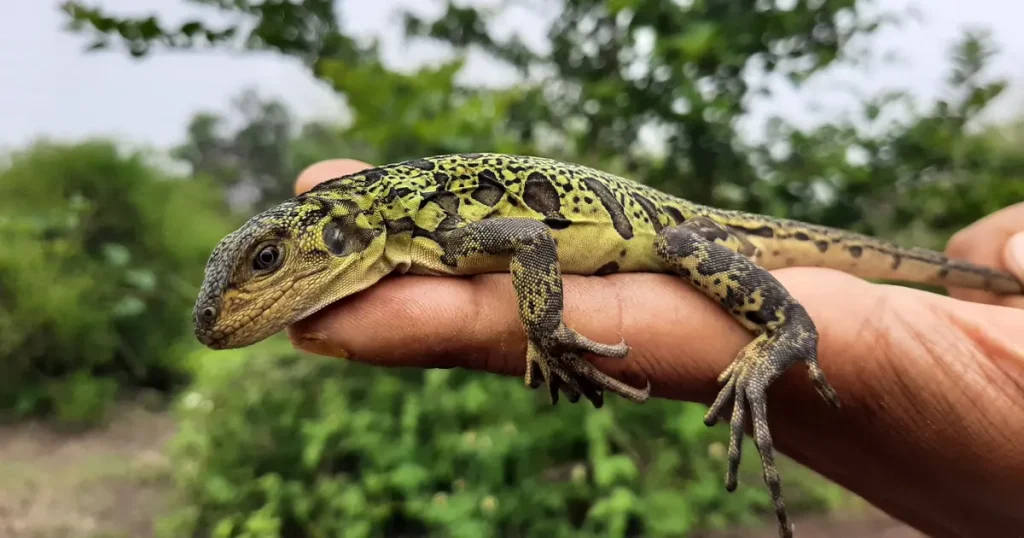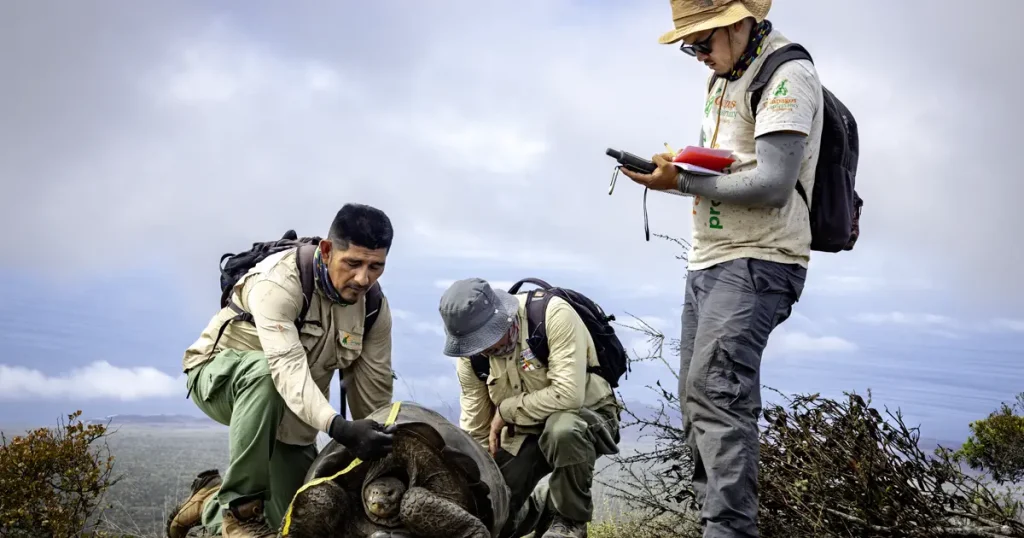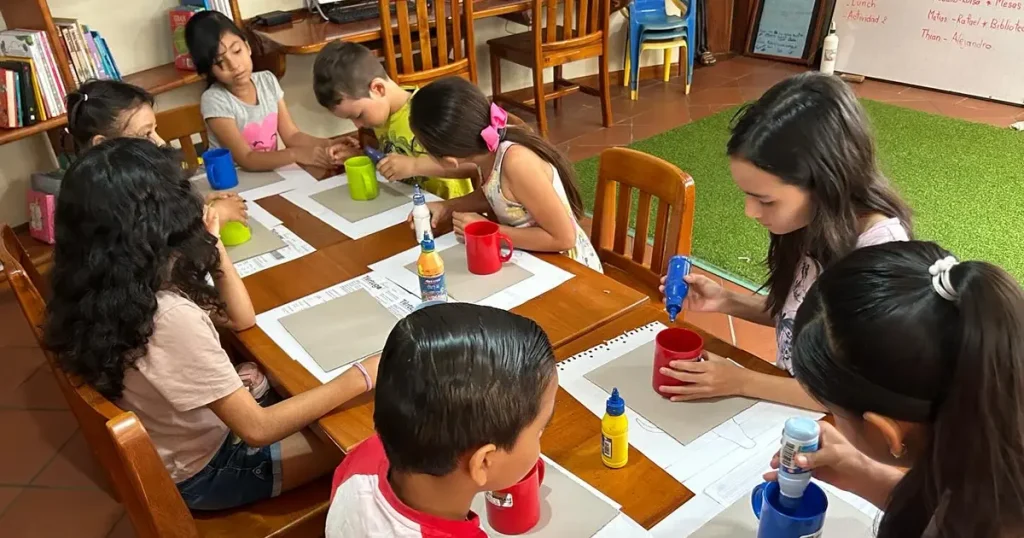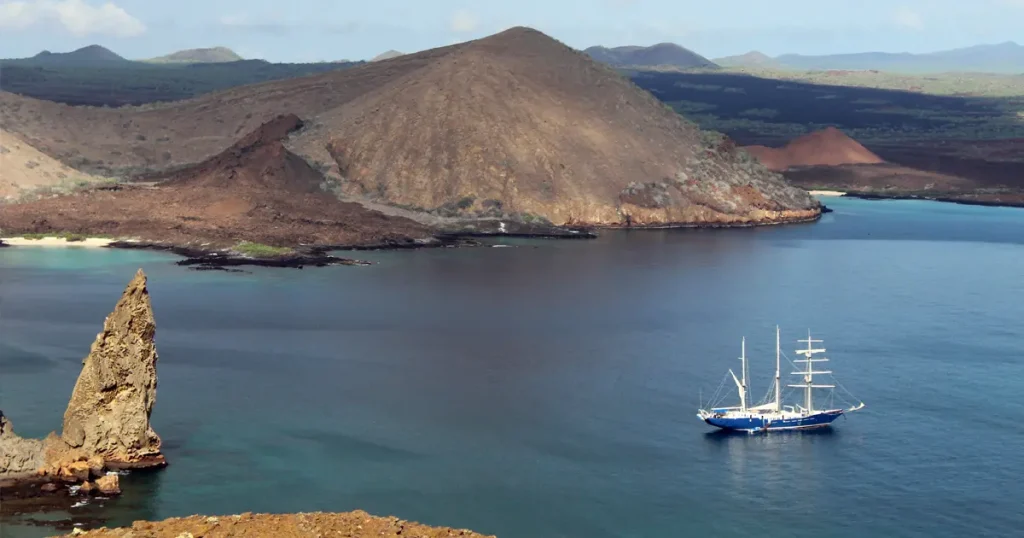Resilience in the Crater: Rediscovering Hope for an Isolated Population of Wolf Volcano Giant Tortoises
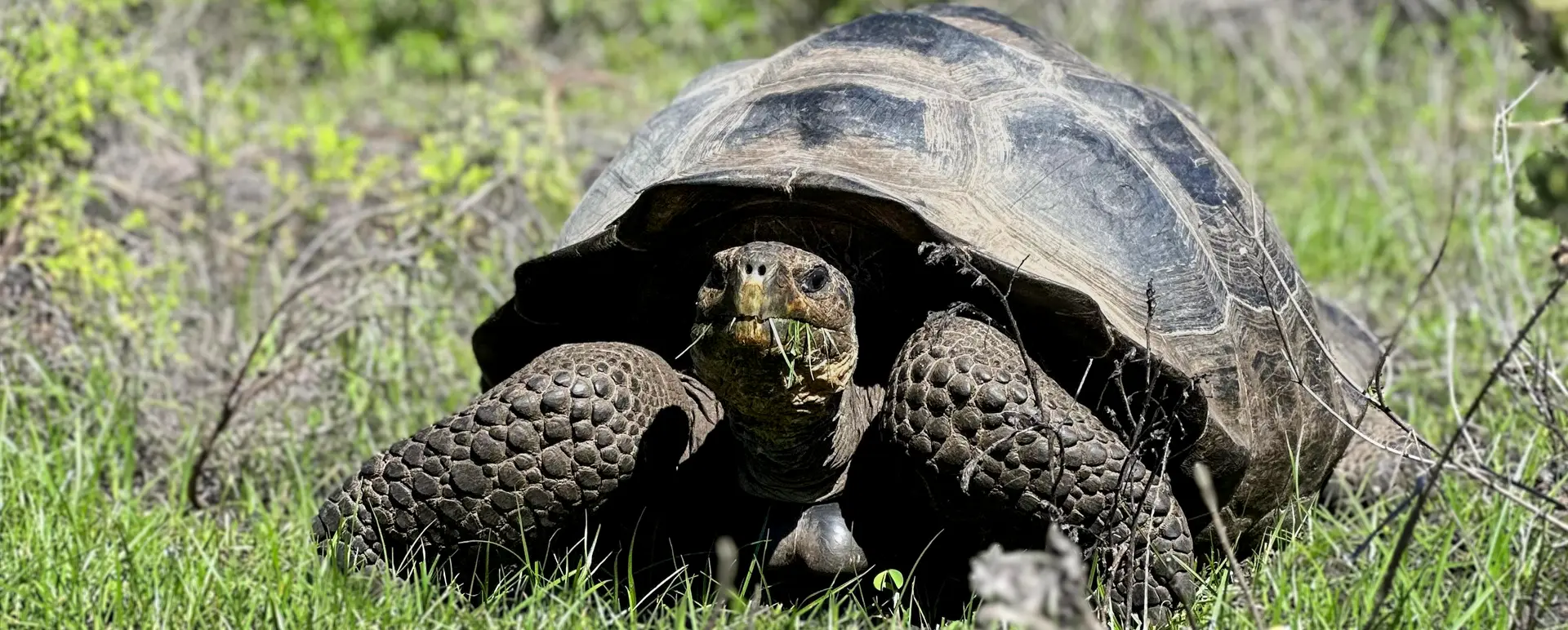
Inside the crater of Wolf Volcano on Isabela Island, a small population of giant tortoises (Chelonoidis becki) has survived in one of the harshest environments in the Galápagos. Isolated on a small plateau on the crater’s wall that collapsed thousands of years ago, these individuals are separated from other tortoises on the volcano. Facing unique challenges to their long-term survival, the recent discovery of juvenile tortoises in this remote area offers new hope for their potential as a self-sustaining population.
A Remarkable Discovery
Despite the extreme conditions, a small population of about 50 tortoises have adapted to life inside the volcano’s crater—an area of just 0.8 square miles (2 square kilometers) enclosed by towering volcanic walls over 650 feet (200 meters) high. With scarce vegetation and no permanent water sources, they rely on occasional seasonal rains to survive. They have no way to climb the crater walls and interact with other tortoises on the volcano.
The discovery of juvenile tortoises on this isolated plateau is a promising sign that the population is reproducing naturally. This finding not only highlights their resilience but also reinforces the importance of ongoing conservation efforts.
“Finding juveniles in such an isolated and harsh environment highlights their incredible resilience and ability to thrive in extreme conditions. This is a promising indication that these tortoises are successfully reproducing and sustaining their population,” says Dr. Jorge Carrión, Director of Conservation at Galápagos Conservancy.
Technology Advancing Conservation
To better understand and protect these tortoises, Galápagos Conservancy has implemented cutting-edge technology to monitor their movements, health, and behavior in real time. By equipping individuals with satellite trackers, researchers can gather critical data to guide conservation strategies.
“These trackers are essential tools that allow us to study how these tortoises have adapted to their environment. It’s an ongoing effort, but one that is vital for the survival of this unique population,” Dr. Carrión explains.
Challenges and a Path Forward
While this discovery is encouraging, the crater remains an unforgiving habitat. Food and water shortages—especially during prolonged dry periods—continue to pose a significant challenge. However, the presence of juveniles suggests that this population has the potential to persist and grow.
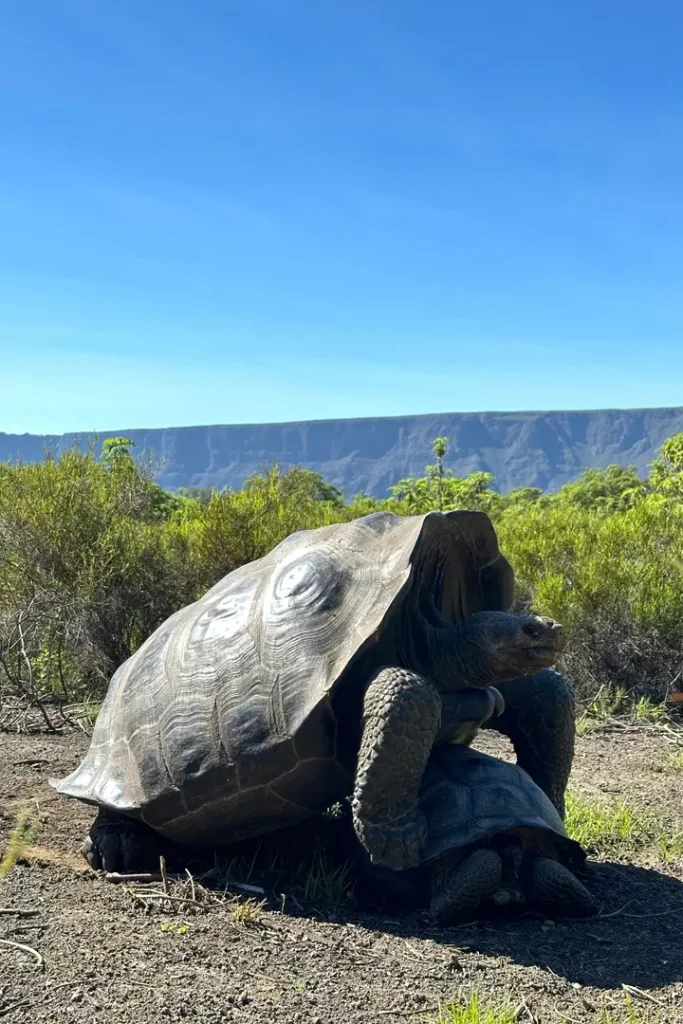
At Galápagos Conservancy, we remain committed to protecting these extraordinary tortoises. Through scientific research, innovative technology, and conservation efforts, we are working to ensure that future generations can continue to witness the resilience of these incredible creatures thriving in one of the most unique landscapes on Earth.
Share:
